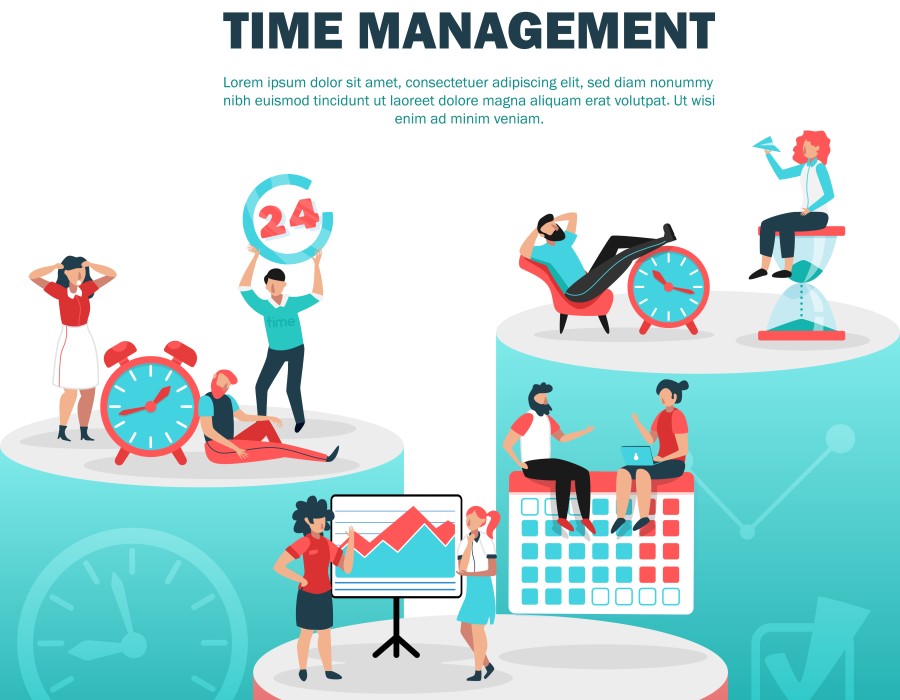Time management is an important factor in the contemporary workplace since it determines the success of a business. Employee monitoring software has turned out to be a useful tool in assisting organizations in monitoring the performance of their employees. Of all the features that are characteristic of these software solutions, the presence of the timer for the tasks is considered to be one of the most significant. Time logs are used to assist employees and managers to keep track of the time they spend on particular tasks, thus giving a clear picture of how the working hours are spent. In this article, the author will discuss the use of task timers in employee monitoring software and the advantages of using them for employees and employers.
Enhancing Time Management
The first benefit of using tasktimersr in employee monitoring software is the improvement of time management. This way, the employees can realize how they are spending their working hours and thus be more productive. This awareness can help in time management since the employees will be able to see areas that they spend a lot of time or very little time on. This in the long run results in improved efficiency and productivity within the organization’s operations.
Ensuring That Data Given During Performance Appraisal is Reliable
Time trackers offer detailed information on how the employees spend their time, which is very useful during performance appraisals. Managers can use this data to analyze the behavior of the employees, for instance, tasks that are likely to take a longer time. This information can be used to give constructive criticism to the employees to increase their productivity. Also, time tracking helps to avoid the situation when performance reviews are based on the manager’s subjective estimations rather than actual results.
Supporting Fair Workload Distribution
It is always good to balance the workload in any organization so that the employees are not overburdened. The use of timers for tasks can assist managers in tracking the amount of time that employees spend on different tasks so that they can determine if the workload is fairly distributed. If one employee is more time-consuming than the others, managers can intervene and balance the workload of the employees. This not only assists in avoiding burnout but also guarantees that all employees are equally loaded with work.
How to decrease procrastination and increase the level of attention
They can also help in managing procrastination and enhancing the attention of the workers on the tasks assigned to them. This is because the employees are aware that their time is being monitored hence they will not engage in unnecessary breaks. The existence of a clock that is running can make employees work harder to meet the set deadlines. This can result in a drastic decrease in the time spent on the various distractions and an overall increase in efficiency.
Supporting Telecommuting and Flextime
In the context of remote work, task timers are even more useful than before. They allow the employer to monitor the working hours of the remote employees and also keep them on their toes. For managers, task timers are a tool to control the productivity of remote workers without violating their privacy. This balance between control and freedom is important to keep the trust and motivation of the remote workers.
Encouraging Accountability
Task timers also ensure that employees are held to account for the time they spend on their tasks. In this case, the time taken on each activity is recorded, and this ensures that the employees are answerable for their working hours. This can be especially useful in situations where employees are relatively self-directed in their work. This is because the knowledge that their time is being recorded can make the employees to be more productive in their tasks.
Conclusion
The use of task timers is an essential feature of employee monitoring software, which has many advantages for both the employee and the employer. They help in time organization, give precise information for the evaluation of performance, help in the fair distribution of work, minimize slacking, and increase concentration. In the context of remote work, task timers help to achieve flexibility and at the same time, do not allow for slacking off. In conclusion, the application of task timers can result in an enhanced, responsible, and effective staff. As companies keep on embracing new methods of working, the use of task timers in employee monitoring software will keep on rising.





Comments